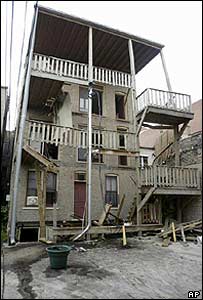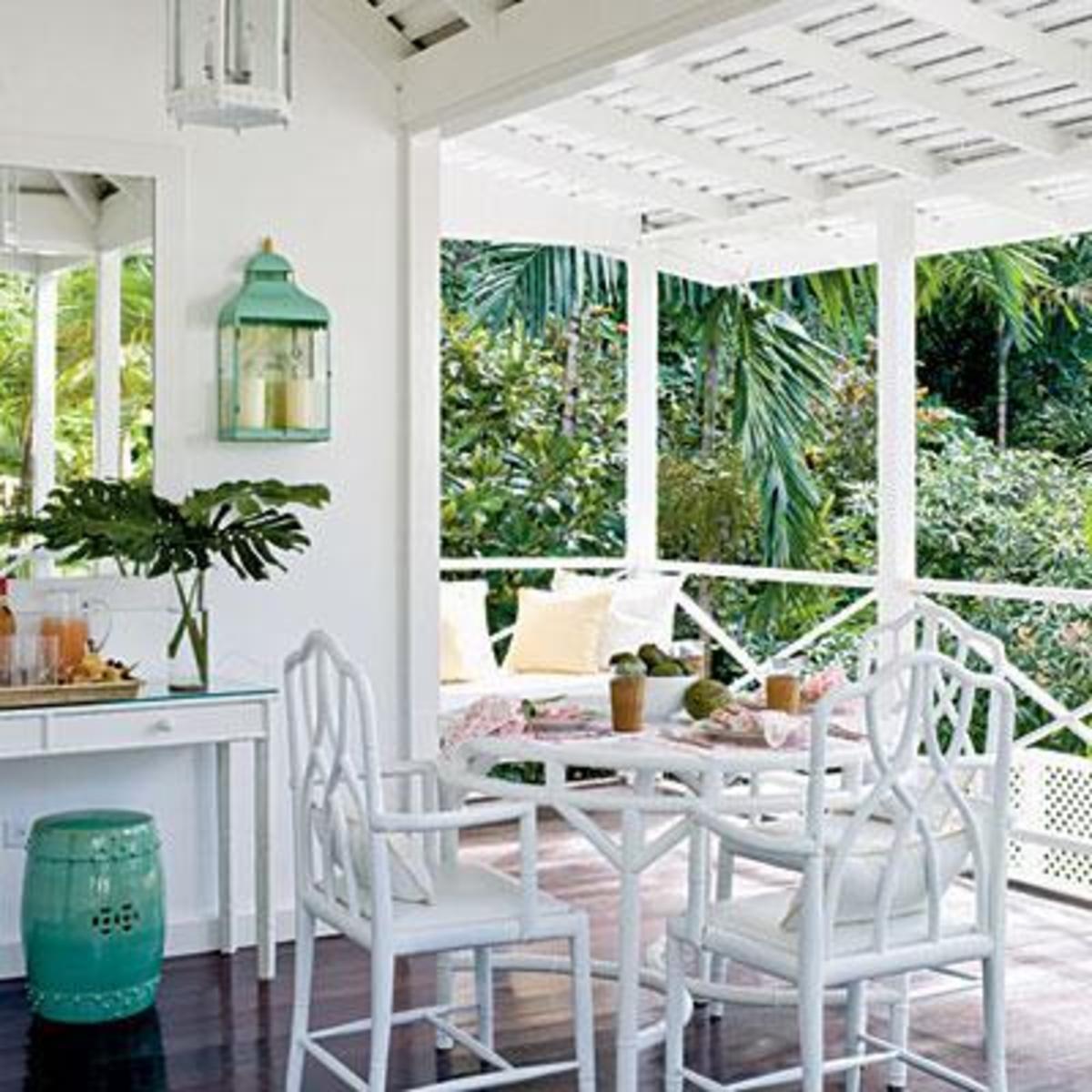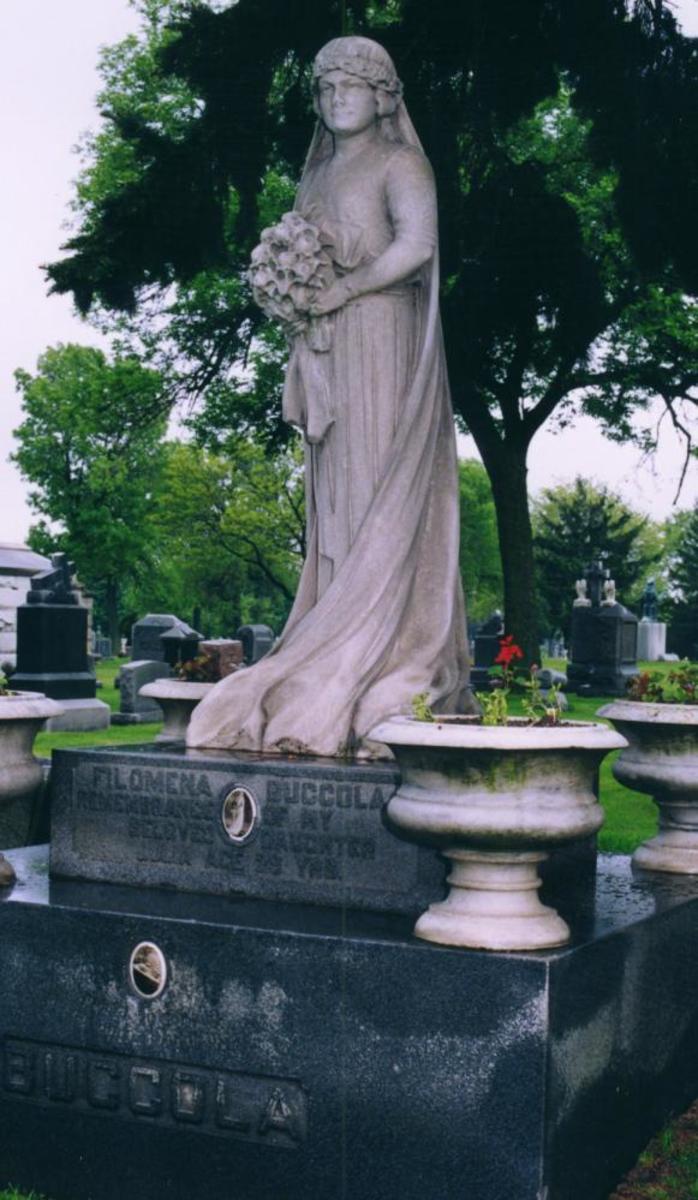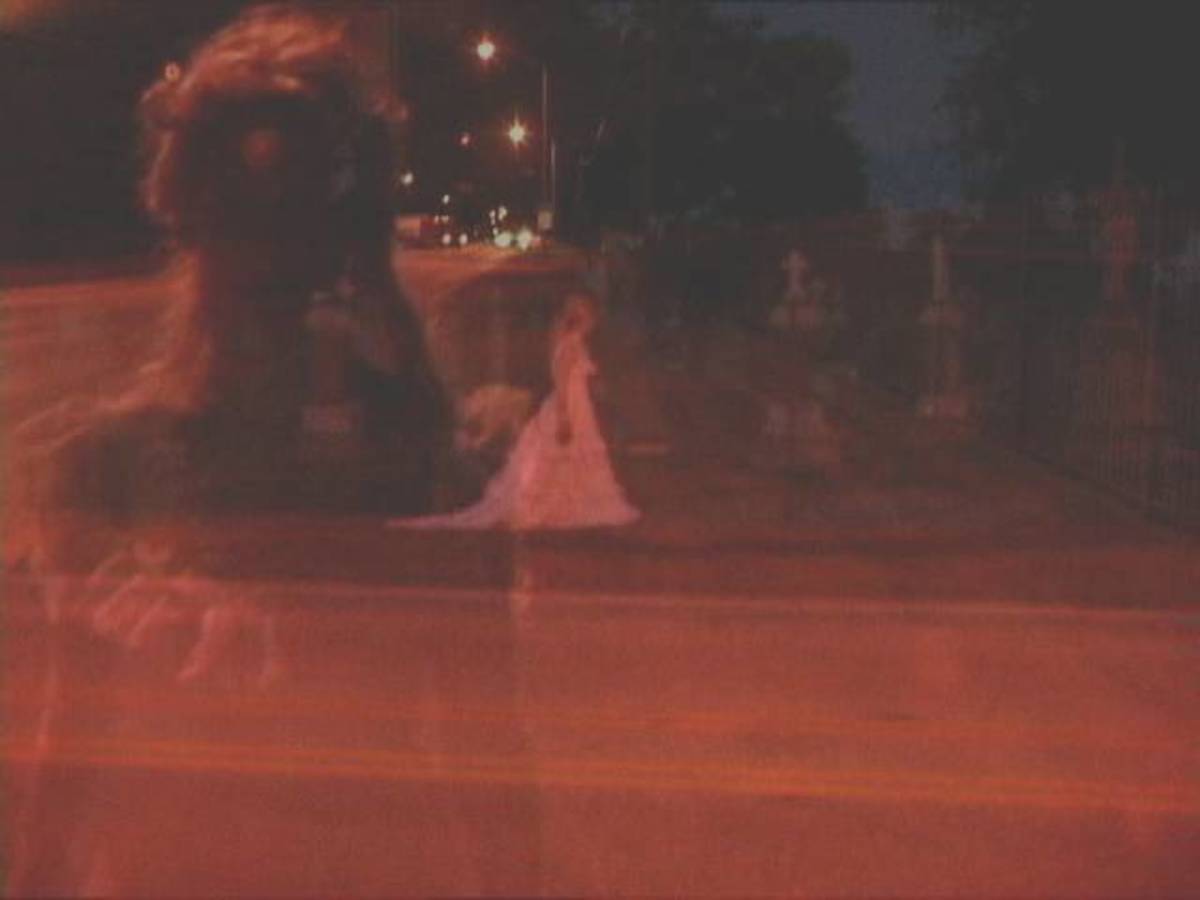- HubPages»
- Travel and Places»
- Visiting North America»
- United States»
- Illinois
The Chicago Porch Collapse Disaster
AP Photo of porch collapse

The Chicago Porch Collapse Disaster
The area of Chicago known as Lincoln Park has long been the center for youthful activity. It is predominantly populated by students going to and from classes. While the rents may not be the cheapest in the city, they are generally more affordable that rents closer to downtown, but are within easy reach of downtown, public transportation and many of the more popular night-time venues the city has to offer.
The area known as Lincoln Park
Lincoln Park is also known for the relative beauty and wealth in its architecture and buildings. The houses along some streets are impressively large, but due to the limitations of being in the city when it comes to width, many of these homes are very long and several stories high.
Some of the apartment buildings are historical. They have been renovated and re-renovated many times to make room for more and more modern amenities. These include balconies and large wooden porches that crawl up the backs of most of the apartment buildings throughout the city, but in particular, the Lincoln Park area.
Most of the time the porches are big enough for the residents and maybe a few guests to use as a kind of balcony with a barbecue. Normally there are wooden stairs leading up to the second floor landing. Here, there will be a large flat space where the back entrance to the apartment exists and enough space for parties and residents to use it for various purposes. Then there are more stairs and more landings, leading all the way to the top floor where there is usually the most space for any party-goers who might leak out from the apartment onto the porches.
Commonplace porches
In general, very few people stop to think about the porches they are standing on. They assume that the building is built solidly and that there are procedures and inspections in place to ensure their safety. Besides, most of the wood looks solid enough.
This was certainly the thought on June 29, 2003 at an apartment building on the north side. The second and third floors were being used for a party. Most of those in attendance knew each other from New Trier High School and Lake Forest High School which was also located on the city's north side. They were mostly in their early 20s and trying to reunite after heading off to colleges in the city and other parts of the country.
The apartments were full. The night was pleasant and not too hot, so it was natural that party-goers would eventually spill out onto the decks and porches that clung to the back of the building. As the crowd grew, so did the crowd on the balconies. Several witnesses said, afterward, that things did not feel safe and stable on the porches. However, some said that the construction and the wood looked new and stable. However, others said they were concerned that the porches seemed to be moving and creaking.
Horrified witnesses
There were about fifty people on the third floor balcony when things went wrong. According to witnesses who stood inside, facing the balcony, they heard a terrible cracking sound and the sound of splintering wood. Then, as they stood in mute horror, the people standing on the deck simply fell from site. The porch collapsed.
The porch below, on the second floor, was also full of party-goers. The top porch fell directly on top of that porch. Then, the second floor porch collapsed onto the first floor porch. In each case the horrible sound of splintering wood was heard again and again as the porches pulled down the entire wooden structure, causing the entire mass of humans and wood to fall into the basement. In total, about one hundred people were smashed between the porches and mixed in with the splintered wood as it fell.
A night filled with screams
The night air was now filled with screams. Survivors began trying to pull people from the rubble. One of the survivors happened to be a nurse and she began to perform life-saving rescue efforts on those that were pulled from the wreckage. Rescue workers were called and the fire department arrived in minutes. The firemen pulled out chainsaws and began cutting through the tons of wood to try to get to the broken, bleeding and pleading survivors trapped in the wreckage.
When the rubble was cleared away there were eleven dead that very night, their bodies broken beyond repair as they were pulled from the mess. Two more would die from their injuries in the coming days. Fifty-seven people were injured to varying degrees, but would live on with only their nightmares as souvenirs from that night.
Investigations begin
Before too long the city wanted to know why this had happened. At first, fire and rescue officials said it simply looked like a case of too many people crammed into a space that was never designed for that many people. However, as the investigation into the building, the landlords, and the recent renovations that had been done continued, more sinister problems began to appear.
In 1998 a permit had been issued to the LG Properties who owned the building. That permit was to install furnaces, some air conditioners and some new water heaters. Nowhere on that paper did it permit the owners to build balconies. However, permission was given by the building owners for the contractors to build new porches and balconies behind the building.Those new balconies would make the apartments that much more rent-able and popular.
There are standards in the city for porches of that nature. The porches here violated many of those standards. For example, the balconies jutted out eleven feet from the building when the standards only permitted ten. The total area of the balcony was 231 square feet. This was 81 feet larger than permitted by the city. To top things off, the construction was shoddy. The supports used were inadequate for the size. The lengths of wood used to make up the floors of the balconies were smaller than regulation required. Finally, the balconies were attached to the building with screws that were fart too short of the loads they were expected to bear. It was an accident waiting to ha<pen, but that wasn't the end of it.
Past inspections
The porches had undergone inspections before. Each time they had been declared safe. Further investigations showed that the inspector in charge of certifying the porches at that location was new, woefully under-qualified and not prepared to do his job.
The city sued the owners of the building and cited the breeches in the city ordinances that they felt resulted in the collapse. LG Properties was named in the suit along with Philip Pappas and George Koutroumos, the contractors who had built the porches and balconies in the first place. The city spent time and money inspecting other porches that had been built by Pappas and LG Properties. They discovered more violations.
Aftermath
As for Pappas, he claimed overcrowding was the problem, not his construction. An undercover investigation by a local media outlet showed that he had installed “no partying” signs on other properties he owned and meant it specifically for the balconies. Pappas also said that some witnesses claimed party-goers were jumping on the balcony just before it collapsed.
In fact, the city did file a lawsuit, claiming negligence, against two survivors. William Fenton-Hathaway and John Koranda were charged because witnesses said they had been the ones doing the jumping on the porch just before it collapsed. John Koranda's brother, Robert, was killed in the accident.
No criminal charges were ever brought against anyone for the collapse. Pappas was ultimately fined $108,000 for the event. More lawsuits, these brought by families,n were filed against Pappas and against the city for their poor inspection policies. The amounts won or negotiated in those cases are kept sealed.
The balcony was eventually rebuilt. The apartment was deemed uninhabitable for a time, but eventually the apartments were re-opened. The second balcony was made out of metal instead of wood. The city also instituted new policies for inspecting balconies and new rules for the amount of experience needed to be an inspector for balconies.





